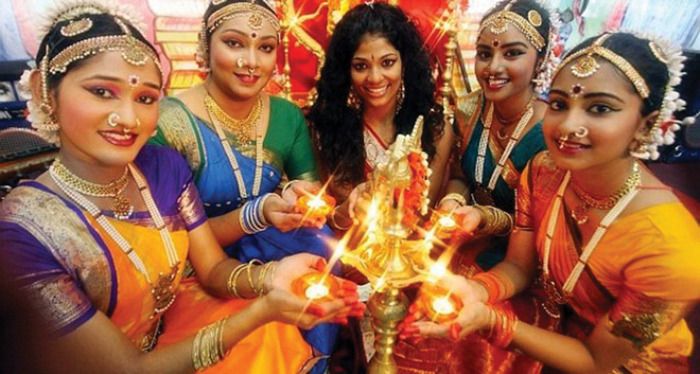Connexion: The multi-faith Deepavali Way


By Joachim Ng
Deepavali, the festival of lights, is a timely occasion to spotlight Hinduism’s greatest lesson: the underlying oneness of all religions. This fundamental tenet of the religion explains why yogis cherish multi-faith diversity, seeing it as many colours of the rainbow. Colours are just wavelengths; behind every colour there is only light that can manifest as any colour.


No, it’s not Shahenshah, the lightning-fast crime-fighting superhero of Bollywood-style Deepavali. The real Deepavali is a celebration of the Eternal Way or Sanatana Dharma in Sanskrit. The word “Hindus” was coined to label the people of the Indus River in old India, and “Hinduism” was similarly a label for their religious practices. The eternal reality behind this label is “beyond names and forms” (Sanskrit: paramatman), and the natural state of every human being is to live in God or to live in communion with God.
The Eternal Way sounds very familiar to Chinese classical scholars. One of China’s two indigenous religions — Taoism — doesn’t have a name either. The word Taoism is just a label for classification. Taoism is simply following The Way. According to the sacred texts, The Way is “nameless and formless,” and is “the origin of heaven and earth.”
Christianity bids its adherents to follow “the Christ” (Hebrew: Messiah) and Christ identifies himself as “the way, the truth, and the life.” In like manner, Krishna of the Bhagavad Gita describes himself allegorically as: “I am the life of all that lives.” Islamic literature speaks of Abraham — the patriarch of Jews, Christians, and Muslims — as representing primordial humanity in following the ancient way of divine reality.
This divine reality is a seamless web, just as light is seamless. Whereas you can discern apparent borders separating colours of the rainbow — much as you can see big differences separating various religions — when you are fully in the light, you see no colours and no differences. You see a wholesome oneness. Light up your inner life with Deepavali today.


